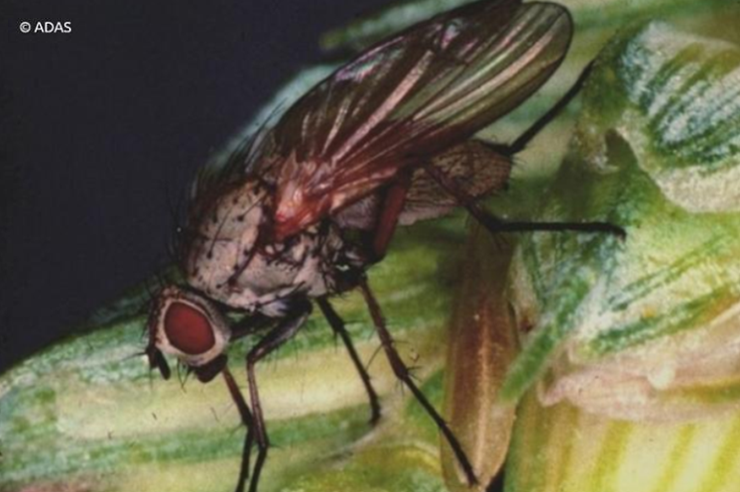Winter Wheat – Late August 2020
27 August 2020Pests
Wheat bulb flies will be laying eggs through to late September. Growers are advised to identify potential fields at risk now and consider an assessment of egg numbers from early-September in fields planned for wheat, particularly in light of the unavailability of chlorpyrifos as an egg hatch treatment which only leaves the cypermethrin seed treatment as a control option.
Fields particularly at risk are those currently in potatoes, field vegetables and fallow that will be sown with wheat (or spring barley next year). Identify fields potentially at risk now and be prepared to get them sampled in early September before the field has been cultivated. Soil samples should be taken from early September onwards and advice provided on whether the crop will benefit from the use of cypermethrin to mitigate the impact of wheat bulb fly grubs when they hatch in February 2021.
The following options are available to growers:
- Use decoy areas – fields with areas of bare soil that are not planned for cereals – these can divert flies away from fields planned for wheat/spring barley.
- Do nothing if egg counts are below damaging levels (relies on having an egg count assessment)
- Sow earlier rather than later if egg counts are at borderline threshold levels (relies on an egg count assessment)
- Sow seed treated with cypermethrin
If egg counts are known, then there are several informed choices that can be made.
Sign up to the FAS newsletter
Receive updates on news, events and publications from Scotland’s Farm Advisory Service

